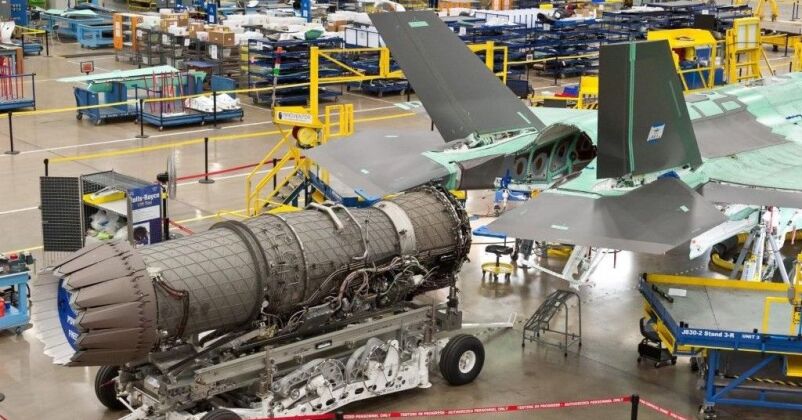News
F-35’s Troubled F135 Engine is Causing Unavailability Rates at 600% of Standard Levels

Since entering service in 2015 the F-35 fifth generation fighter’s Pratt & Whitney F135 turbofan engine has represented a major cause for concern in the U.S. Military, with performance issues belying its impressive 20 ton thrust and near unrivalled weight/thrust ratio. One of the leading issues has been that the engine’s low availability rates and excessive maintenance needs continue to ground the F-35 fleet at around 600% of the standard rate of other fighter classes. Where a 1 percent non mission capable rate due to engine issues was considered acceptable in the U.S. Military, and had been met by the modernised Cold War era designs forming the bulk of its fleet such as the F-16 and F-18E/F, the rate for the F-35 fleet has remained at a staggering 6 percent. The issue has continued to worsen rather than improve, with the number of F-35s unable to fly because they are non-mission capable due the F135’s shortcomings continuing to grow. Although single engine fighters are usually favoured over their twin engine counterparts due to their generally lower maintenance needs and higher availability rates, ongoing issues with the F135, and the F-35’s complexity with defects counted at approximately 800, have undermined these benefits.
Issues with the F-35’s powerplant were most recently highlighted by House Armed Service Subcommittee on Readiness Chairman John Garamendi, who stated at a nearly two-hour hearing on Capitol Hill in May in criticism of the firms responsible for the program: “you give us an engine and it doesn’t work, well it worked for a little while until it gets some dust around and then it doesn’t work. What the hell? What’s going on here?” With issues with the F135 being serious enough that a switch to a new engine was under consideration, Garamendi was among those to slam such suggestions stating it would likely only result in two different engines that both “don’t work.” This raised questions regarding how lawmakers perceived the F135’s issues – namely as potentially endemic to America’s industry for fifth generation engines rather than isolated to that particular design. The F-35 program’s future remains highly uncertain, with the Defence Department having cut orders for 2023 by 35 percent, and expected to divert funds to the much more costly Next Generation Air Dominance fighter which is a sixth generation program. The possibility of a cheaper and simpler replacement for the F-35 entering service, perhaps loosely derived from the F-16, has also been raised as the program continues to face harsh criticism from both military and civilian officials.












